The natural wealth in Aceh is extraordinary
Nipas fruit seeds are one of the fruits that grow naturally in low tide, which was found in kuala kerto a few days ago.

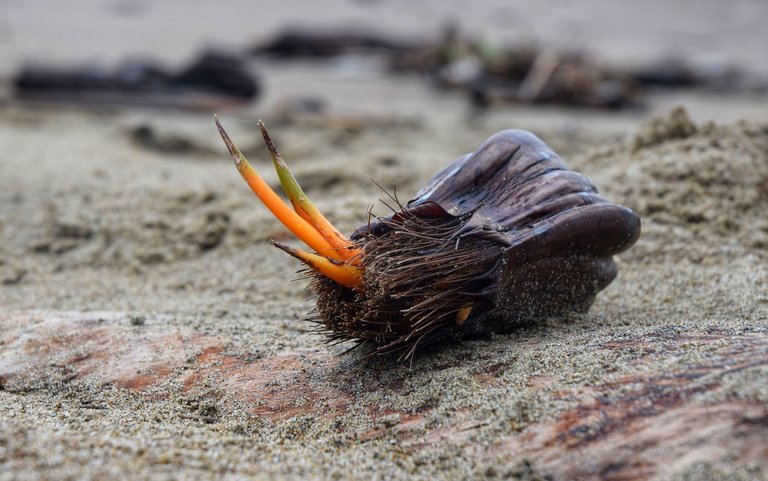
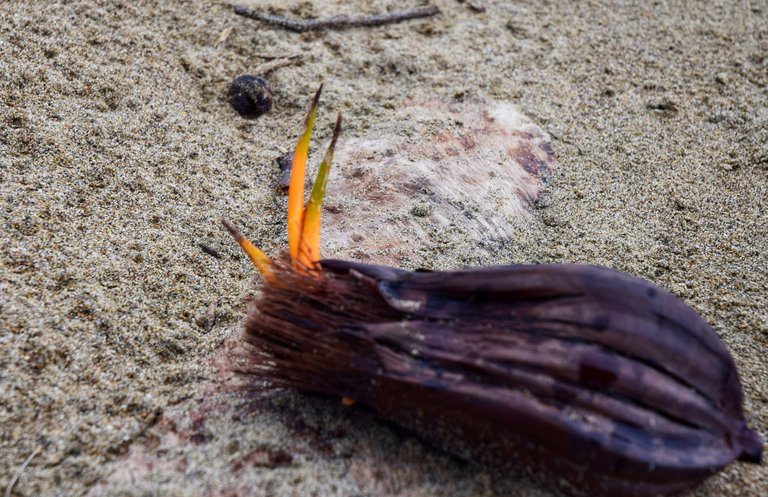
Kuala Kerto, Aceh Utara Regency, abundant and potential natural resources to be used as raw material for bioenergy. In addition to coconut trees and fertile oil palms that grow in the Kerto region of East Aceh, which can be used as raw material for biofuel (biodiesel), one of the plants that also has potential as a source of bioenergy raw materials is Nipah (Nypa fruticans) which can be used as bioethanol.
Tanamana nipah, has grown wild around the Kuala Kerto forest on the coast and river. Agronomically, Nipah plants thrive in the tidal area forest (kuala kerto forest) or estuary with brackish water. In Aceh or Indonesia nipah plant area is 10% of the tidal area of 7 million ha or around 720,000 ha. Distribution includes East Aceh, East Aceh and West Aceh, South Aceh hajj port,
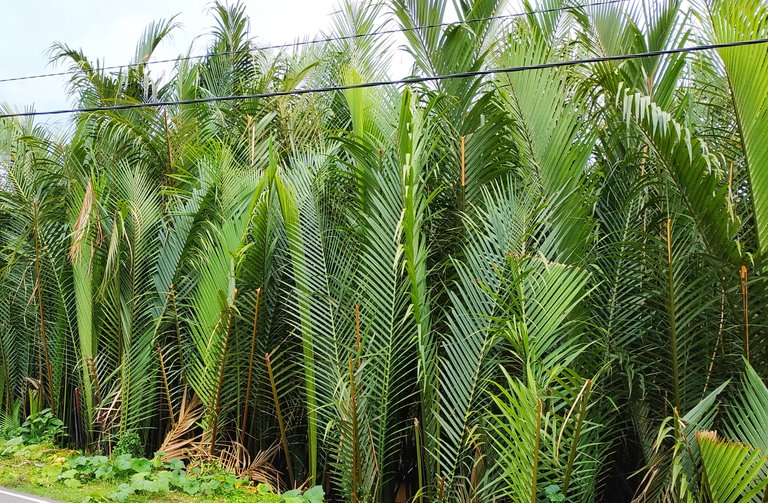
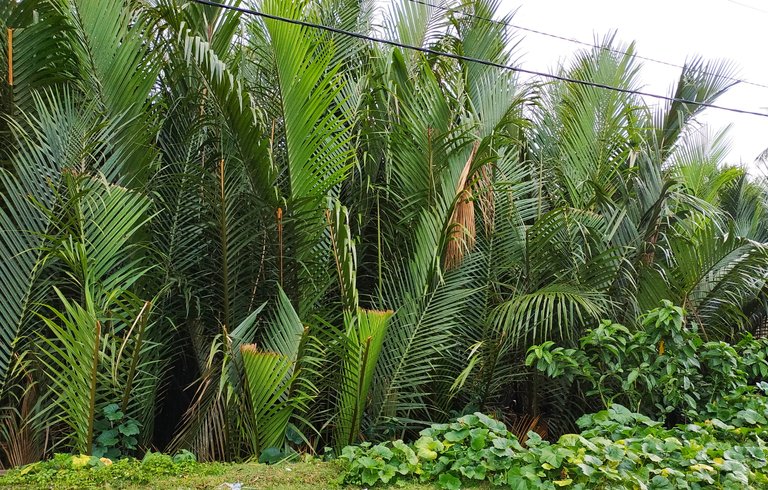

Recent research shows that Nypa coconut produces 5 to 7 times more energy compared to other species. The yield of one hectare of Nypa oil palm with the help of advanced technology can range from 4,000 to 16,000 liters of ethanol per tapping season. In addition, Nipah has a high sugar content (sap) which when converted to ethanol / Butanol allows to produce as much as 6,480-15,600 liters / day / ha. Conversion value is higher than sugar cane which produces 5,000 - 8,000 liters per hectare (per year) or corn plants which only produce 2,000 liters (per year) per hectare. But most importantly, in the use of nipah as a raw material for bioenergy that is not going to cause conflicts of interest like food crops in general.
At present the existence of nipah plants with abundant vegetation in Kuala Kerto, North Aceh Regency, has not been utilized at all to produce ethanol. In fact, this plant is very very weak in Indonesia because this plant generally grows on the coast and our country is one of the countries with the largest coastline in the world. So far, the use of nipah by the people of Kuala Kerto and surrounding areas, especially the coastline and rivers is limited to leaves and bones, old coconut leaves are widely used traditionally to make roofs that have a 3-5 year durability. Young coconut leaves that are similar to coconuts can be woven to make a house wall. In rural North Aceh, in the past young nipah leaves (called shoots) were made into cigarette leaves. until now it is still being developed in Aceh. Although some people use it for palm sugar, it is only for their own consumption, so its utilization has not been maximized. If nipah potential is optimized to produce bioethanol, it will have a broad impact on people's lives and energy availability in Kuala Kerto in general in North Aceh Regency.
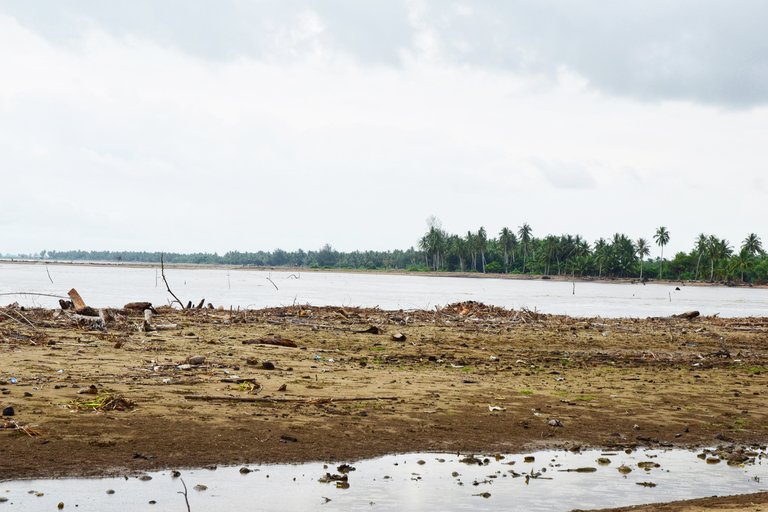
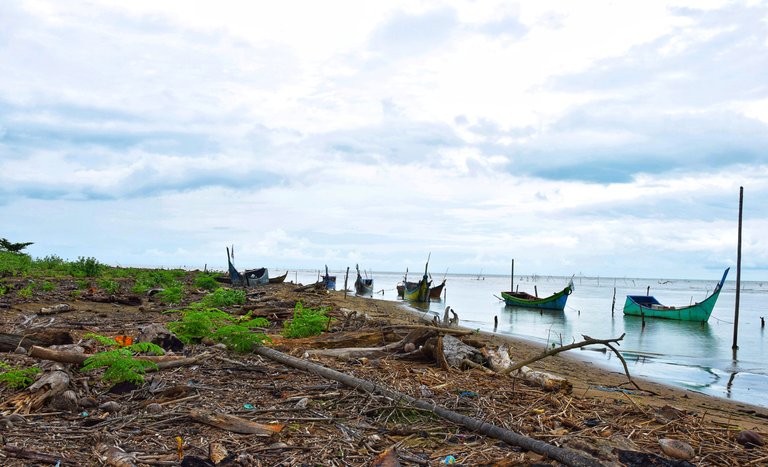
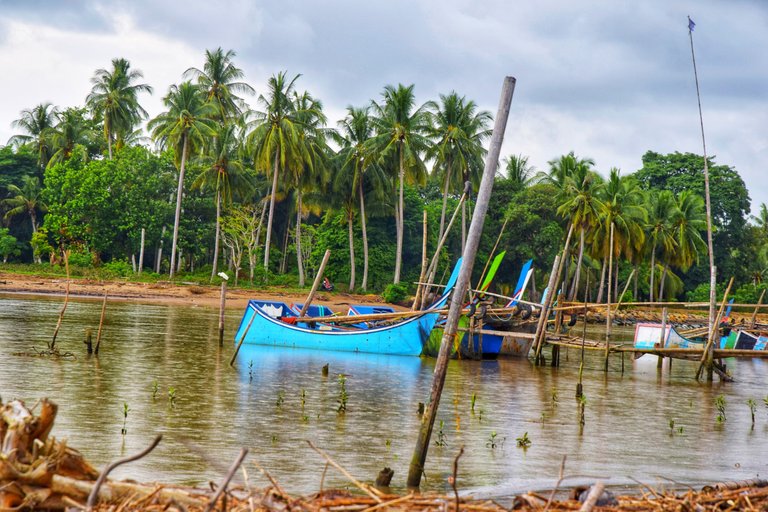

It is time to develop bioethanol from nipah as an alternative energy source in the future. But unfortunately research on bioethanol nipah in Aceh or Indonesia is still very little, lower than Malaysia. In Malaysia, the use of palm wine has been carried out very intensively. They even established themselves as the first country in the world to produce bioethanol from nipah commercially and in the near future will soon patent the flow of bioethanol production from nipah. Aceh or Indonesia must be more advanced in developing bioenergy given that there are so many potential natural resources that are owned and spread throughout the Indonesian archipelago, one of which is Kuala Kerto, North Aceh Regency, which is still a territory of Indonesia.
In Kuala Kerto, fans around almost every river bank in the coastal area are overgrown with Nipah trees that are so fertile and dense that it is difficult to penetrate. Vegetation of this plant only lives and develops in brackish water or better known as mangroves. Nipah Forest which is spread almost along the coast of Kuala Kerto and its surroundings has great potential for biofuel supply and absorption of local labor.

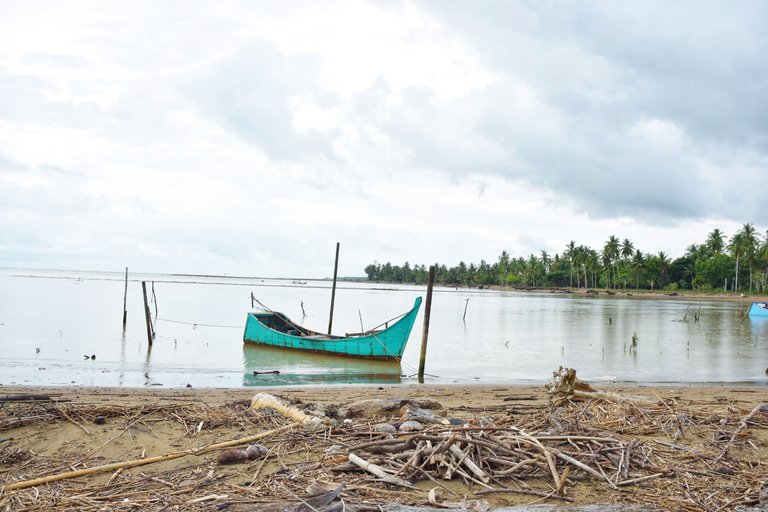
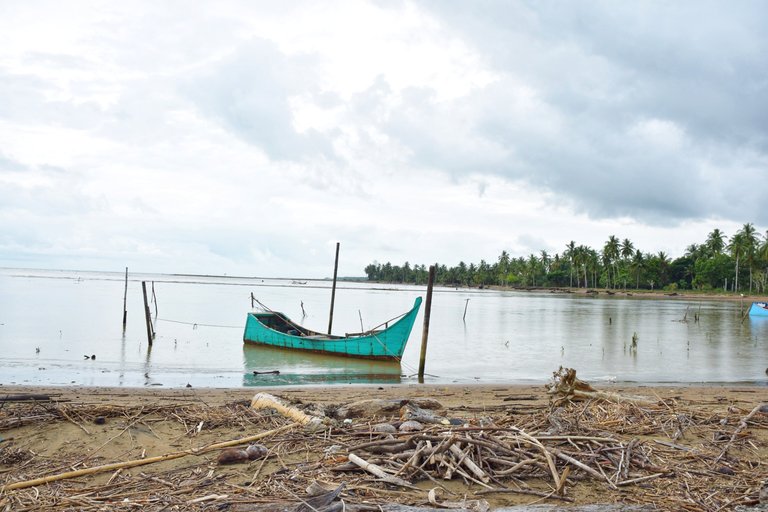
Ethanol biofuel based on the ecosystem policies of millions of hectares of forests in North Aceh Regency and the surrounding coastal areas is expected to make a real contribution, because it has more value than other energy crop commodities. Exploitation of available resources for sustainable ethanol production can be a good strategy to provide additional income for mangrove communities, who often live in poverty.
this is a summary that we can display, hopefully useful and always successful.
@tipu curate
Upvoted 👌 (Mana: 0/2)
My first time seeing and learning about nipah plants. Thank you for the informative post! @albanna
The nipah leaves look like huge palm tree leaves growing from the ground. The ability to convert the plant and seed into so many different uses, including a source of fuel, is amazing!
Thank you also for visiting each other's support.
I have seen Nipah plants in my country, we call it "GolPata", available in coastal areas. People use it as a building material... They seems like palm trees.
Great 👍 Thank you for supporting each other ok